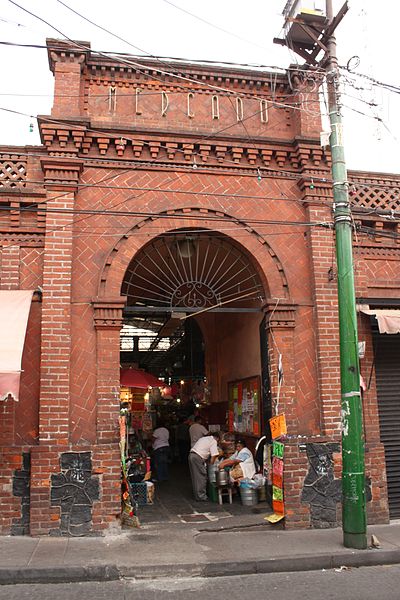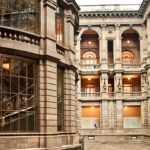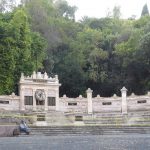
–
One of the city’s oldest, the Mercado La Paz, sometimes called the Mercado de Tlalpan, is easily one of the best places to eat in the area.
Any trip to the “Zona Centro de Tlalpan,” should include visits to the 16th-century church of San Agustín, the Municipal Palace by the famous architect Antonio Rivas Mercado and then, to the central public market.
One of the oldest in the capital, construction began in 1898, and it opened for business on November 20, 1900. The ribbon was cut by Porfirio Díaz himself.
The Mercado La Paz retains its original black flooring, stone columns, and usually some 160 vendors (not the original vendors). The market was ordered built by one Leopoldo Hurtado Espinosa, an industrialist, merchant and politician, who at one time ran the La Colmena fabric store on today’s Pino Suarez street in the city center.
Espinosa paid for the nearby Tlalpan municipal building, today the headquarters of the alcaldía, and the La Paz market at the same time. The market building is said to be based in some large measure on his San Pedro factory in Uruapan, Michoacan. And it shares both engineering and construction plans as well as the same materials (red brick and stone), according to the History of Tlalpan Facebook page.
 55 5991 2191
55 5991 2191

0.05 kms.

0.15 kms.

The National Art Museum in Mexico City's Centro Histórico is always going to be a holiday highlight.

Bellas Artes has long been an iconic symbol of Mexico City's culture, artistry, and the performance arts.

A quiet sun-dappled hemicycle in Chapultepec remembers the fallen in battles near and far.

Always open, the Jardín Centenario is the park at the very heart of one of the City's favorite neighborhoods.